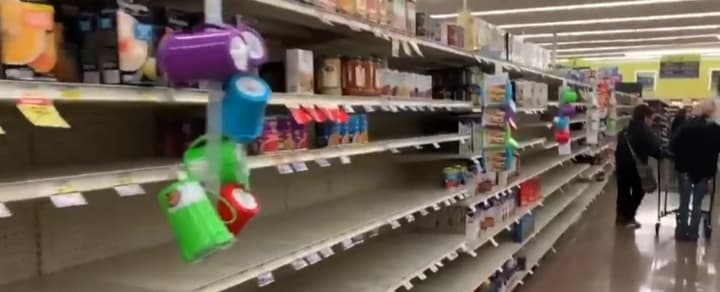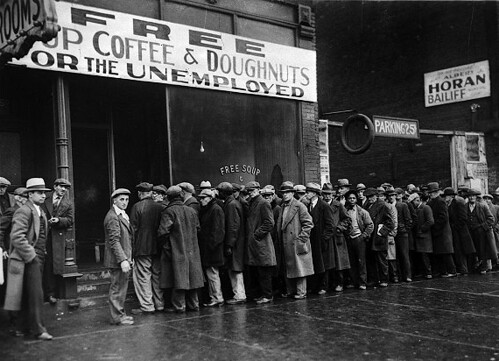|Written by, Melony F. Carter|March 21, 2020|At 5:30 a.m.|
“My feet hurt…,” is all I could say last Saturday after spending countless hours walking through dozens of area supermarkets in search of, as of late, America’s three most highly sought-after commodities water, meat and toilet paper.
An early riser, and full of energy and vigor, that day; I attempted to grocery shop as usual. Met by large crowds of busy shoppers, I soon realized that my normal weekend routine was no longer a normal routine.
Something had changed…
The shelves were bare, the lines were longer, and the other shoppers seemed anxious.

Walking about the aisles, on the hunt for products, I spoke with several of my neighbors, other shoppers, store managers and cashiers. With no medical face mask, rubber gloves, hand sanitizer or cleaning products in sight, the atmosphere was different.
After purchasing food, some items at inflated prices; it was clear to me that there had been a cultural shift. My every day buying experience was different, and I had recognized that during the face of this global pandemic, the spread of Coronavirus (COVID-19) had sparked the American consumer to enact the booming trend to panic buying, making a simple trip to the supermarket a daunting hassle, and even more so for the most vulnerable customers, the elderly shoppers.

Watching the elderly shoppers, I noticed many of them staring at empty shelves and struggling to keep up with the fluttering crowds.
Many of them, who didn’t mind a smile were very friendly, and wanted to find something to eat just like the rest of us.
Eger to engage in conversation, one source that I spoke with, a male in his mid-70’s, had attempted to find a case of distilled water, “well there is no more water, what the h*…, I’ll buy lemon aid” he stated.
Sarcastically, he continued to ask, “There is water in lemon aid, right?”
As he placed a jug of lemon aid into his cart, I couldn’t help but wonder if I’d have to settle for lemon aid too.
Continuing our conversation, we walked to a nearby meat freezer where I pulled a few bags of chicken and he shook his head gazing at the nearly empty shelves, “my grandparents told me about the food shortages, but I never imagined seeing them in my lifetime,” he said.

Photo “Trump Victory Greeted With Global Financial Panic” by Mike Licht, NotionsCapital.com is licensed under CC BY 2.0 COPY RICH TEXT
Standing there, a bit taken back by his comments, I nodded recognizing his reference was about the Great Depression in the late 1920’s – an early 1930’s (during the fall of the stock market, high unemployment rates and soup kitchens). On a mission, by the end of the day, I had only crossed a few items off my list.
As the week progressed, many Americans continued impulsively panic buying while the CDC (Center of Disease Control and Prevention) continued reporting new cases of infected Coronavirus patients. According to their numbers, the older adult over 65, who had heart disease, lung disease or diabetes showed a higher risk in, “8 out of 10 deaths reported in the U.S.”
To-date, in America alone there are over 15,000 presumptive positive cases and over 200 deaths have been recorded as of, January 12, 2020. Leaving many spectators to wonder, “Should senior citizens have special shopping hours because they are the most vulnerable to the virus?”
With nearly 40,000 grocery store chains in the United States, the answer was clear, when larger retailers like Albertsons, Walmart, Kroger, Wholefoods, Smiths, and Dollar General, decided to care for the elder population and responsibly change their operational hours by making “elderly hours” available to senior citizens.
Able to avoid panicky crowds, now elderly shoppers have the opportunities to apply social distancing practices from the Coronavirus with more options to buy distilled water instead of having to settle for a jug of lemon aid.

